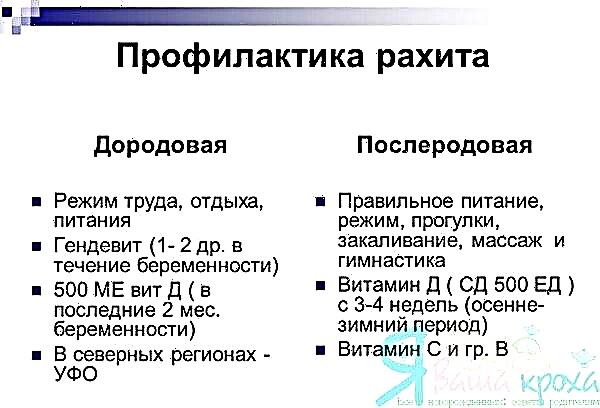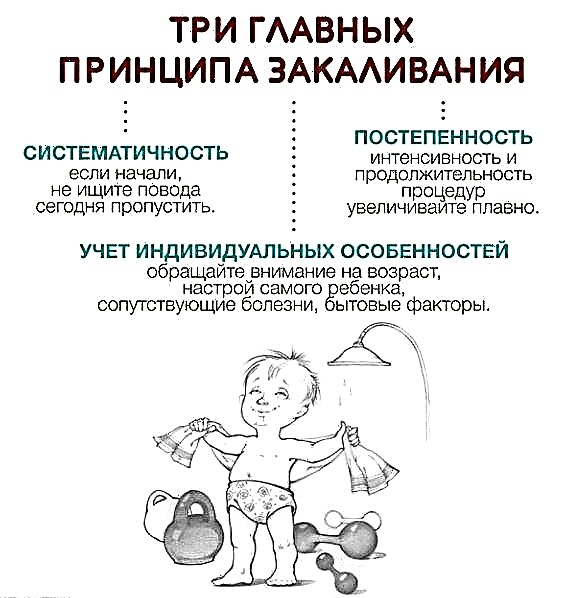There are many situations for excitement when a baby appears in a family. One of them is that the baby chokes when breastfeeding. You should not panic, but it is necessary to pay attention to such a problem. Manifestations occur both during breastfeeding and while using the bottle, so it is recommended that all parents know the reasons.

Feeding requires increased attention
Breastfeeding your baby is a priority for most parents. Some mothers are faced with unpleasant situations: the baby begins to cough and gag while eating. If it is repeated several times, then you need to find out what causes became the trigger.
Important! For a quality diagnosis, you need to visit a pediatrician.
Why you can face a problem
Breast milk is an ideal early nutritional composition. It contains minerals, vitamins, protein components. That is why lactation is maintained by many for up to 2-3 years. Sometimes changes occur with the baby: he begins to choke when he sucks. To neutralize the problem, you need to study the probable factors and causes, know how to reduce the flow of breast milk if necessary.
Why does the child choke
If the baby chokes while breastfeeding, then the mother should pay attention to the following likely factors, these are:
- Hyperlactation - the female body produces more milk than is required to meet the needs of the child. This is due to the fact that at first there is a setting. The process can improve up to 1-2 months, so it is recommended to carefully monitor the condition and behavior of the baby during this period:
- The pressure of the milk pressure is too high - both hyperlactation and the peculiarities of the development of the baby can affect here. The mouth is too small, the baby does not have time to swallow the incoming volume;
- The child does not make enough effort to create a comfortable environment for himself while eating.
A strong oxytocin reflex is also negatively reflected. The problem is that during the filling of the breast with milk, it spontaneously flows out. At the time of feeding, the newborn baby does not physically have time to swallow the liquid. As a result, the problem in question can be observed - the child begins to choke and cough.
Other reasons
It is necessary to continue to feed the baby. Changing the feeding method is not always the solution to all difficulties, as the bottle can also have a strong flow (too large a slot in the nipple). Experts and experienced parents identify other reasons why there are difficulties in nutrition:
- Improper attachment - if the baby is uncomfortable, then he begins to wriggle, cry. As a result, he does not have time to swallow milk, which leads to the manifestation of the problem;
- The shape of the nipple is not suitable for the baby;
- There is a nasal congestion in the baby - in this case, he cannot fully breathe, so it is easy for him to choke when feeding. If the milk flow is too strong, the baby may even choke.
Monitoring the behavior and condition of the newborn is required constantly.
Important! In most cases, women choose the supine position for breastfeeding. It should be borne in mind that this position is not suitable for some babies - it is uncomfortable for them to swallow. If the nipples are weak, then the child's body will not have time to absorb the volume of milk. If the nipple is strong, then hyperlactation is observed. In this case, the child chokes already due to the strong pressure of milk.

Both the mother and the baby should have a comfortable position so that problems do not arise
How to moderate lactation
When a baby often chokes while breastfeeding, it is recommended to moderate the strength and intensity of the flow if possible. Also, it is not necessary to immediately breastfeed at the beginning of feeding, as the baby may choke. You can express part of the volume. A bottle of up to 100 ml is suitable for this, since it will take 30-40 ml to reduce the amount of milk. After pumping this way, it will be easier for your baby to suckle. Most often, babies gag if their body is in a horizontal position during feeding.
Council. In order for the baby not to start suffocating, it is recommended that the mother give up for a while from the lying position during the feeding period. You can return to it when the child learns to sit confidently.
Do I need to express milk
This action is recommended, but not required. Reducing the volume in the breasts will reduce the flow. This will help the baby adapt to the process. It is useful to pre-express at the stage of establishing natural feeding or returning to it.
How to provide first aid
If the baby often chokes when feeding, then the parents should know how to help him if necessary. There are several ways to quickly return your baby to a normal state and not let him suffocate.
What to do if the baby suffocates
The main task for mom is not to panic. The child should be placed on his back immediately. Press 5 times under the brisket with two fingers. Then turn over with your back to you, press on the baby's belly. Another method is to flip over onto your stomach, support with one hand, and pat on the back with the other. As a result, the crumb will begin to spit up, which will allow excess milk to come out. The next step is to call an ambulance or ambulance. Doctors will give detailed advice on what to do.

Excess fluid must leave the body
Important! There is no need to return to feeding immediately after the event. It is required to give time to rest. The kid himself will ask for food when he calms down.
Each baby gags slightly when feeding. In some cases, it is enough to clear your throat to get back to normal and continue eating. In difficult situations, parents will need to provide first aid. To prevent a problem in the future, you need to know the main reasons that cause it, take into account why this is happening, and remember that a newborn baby is not always able to immediately start swallowing liquid quickly.



